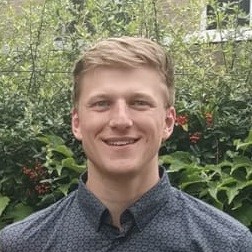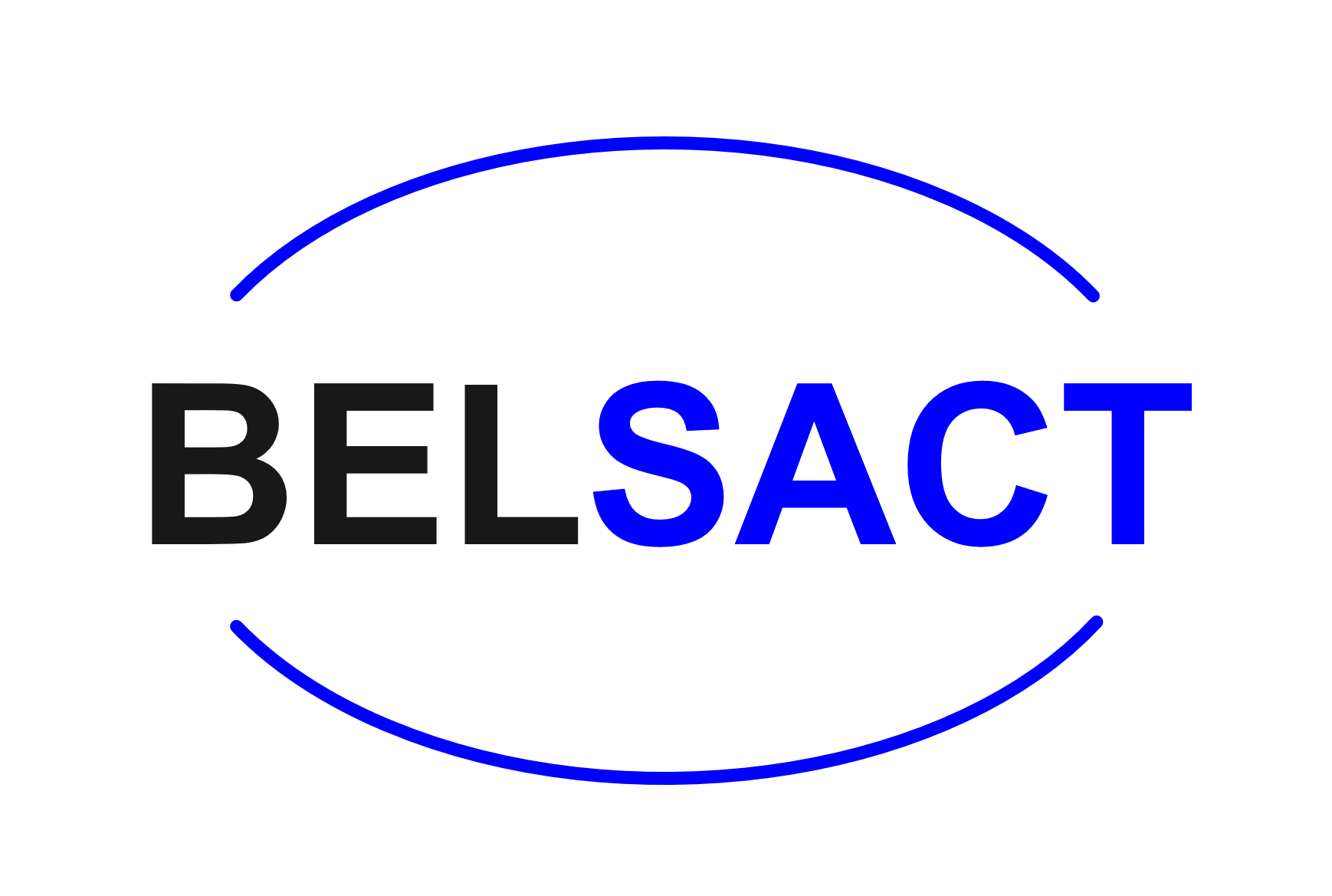
Generalized Calibration Across Liquid Chromatography Setups for Generic Prediction of Small-Molecule Retention Times
Robbin Bouwmeester 1,2, Lennart Martens 1,2, Sven Degroeve 1,2
1 VIB-UGent, Center for Medical Biotechnology
2 UGent, Department of Biomolecular Medicine
Accurate prediction of liquid chromatographic retention times of metabolites is useful for better identification in untargeted MS and limiting experimental measurements in targeted MS. For example, retention time predictions have been applied to untargeted MS experiments to identify the correct lipids from multiple isobaric candidates. Even though proven useful, these predictions are not commonly applied in the analysis. This is mostly due to differences in experimental setups and as a result an incompatibility of models (differences in columns, gradients, solvents, stationary phase, etc.). In practice researchers fit a new predictive model for each new experimental setup (even just for a new column). We introduce the concept of generalized calibration. The key idea of this concept is to fit calibration curves on predictions from setup specific models. The calibrated predictions are then blended using machine learning for more accurate predictions on the experimental setup of interest. We show that our approach results in significantly higher accuracy of predicting the elution peak than experimental setup specific models individually. When compared to a recently published model for lipid retention time prediction a higher performance in the mean absolute error of 25 % is observed when using generalized calibrations. For the same dataset the mean absolute error for predicting the elution peak with 100 training examples is 8 seconds.
Robbin Bouwmeester (UGent): Robbin Bouwmeester finished his M.Sc. in Bioinformatics at the VU University Amsterdam. After his M.Sc., he joined the CompOmics group in Ghent (Belgium) as a PhD student, and was part of the ITN project called MASSTRPLAN. In this project he developed multiple machine and deep learning models to predict analyte ion mobility-liquid chromatography-mass spectrometry behaviour. Currently, Robbin is part of a collaboration between Janssen Pharmaceutica and the VIB-UGent where he will optimize liquid chromatography retention time prediction further.

Real-time cell monitoring in Bioreactors
Cell monitoring in bioreactor is often done in an offline manner with manual sampling, staining and measurement on a dedicated device. Analysis is often limited to cell count and cell viability, which are traditionally performed once a day. This process has many issues : manual sampling is labor intensive; cell sampling involves loss of cells and bioreactor opening increases risk of contamination… These elements prevent offline monitoring from providing real-time information. The Ovizio iLine F brings real-time cell-monitoring to bioreactors by combining label-free imaging and closed-loop bioreactor connection cartridges. Captured images are analyzed by machine-learning algorithms to enable monitoring of multiple parameters: cell viability, cell count, detection and counting of objects and beads and morphological changes (activation, infection…)
Thomas Guyon (Ovizio): A few miscellaneous elements about Thomas short career. He owns a master degree from the UCL – Louvain where he spent some time studying anti-tumor immunology in Pierre van der Bruggen’s lab at the Ludwig Institute for Cancer Research. Seeking a more business oriented career, he pursued by a master in business administration with a focus on marketing (i.e. bringing a product to the market). Thomas is a natural curious person and has occupied several roles ranging from product manager in clinical diagnostic to application scientist in flow cytometry. Within Ovizio, he is in charge of scientific collaboration and ensures word spreads on the added value of the online cell-monitoring solutions for bioreactors. On his spare time, Thomas is a woodworking hobbyist.

Online monitoring of the baculovirus expression vector system in bioreactors
The increasing threat of global pandemics due to the appearance of new viral diseases and the increased spread of existing viruses globally urges the development of a flexible vaccine production platform. Virus like particles (VLPs) form a promising new vaccine concept and can be produced using the baculovirus expression vector system and insect cells. Online determination of the viable cell density and state of infection can help in determining the optimal parameters for the production process. The iLine F microscope system continuously pumps fermentation broth through a measuring chamber in a closed-loop system and makes holographic images of the cells resulting in 70 parameters per individual cell. Thus, it can accurately determine cell concentration and cell shape. The next step is to study whether it can also measure the infection state of the cell inside a bioreactor.
Maarten Klaverdijk (Wageningen University): During my MSc I focused pharmaceutical biotechnology and animal cell cultivation. My poster shows some results of my thesis where I evaluated the iLine F holographic microscope for monitoring the baculoviral infection of Sf9 insect cells. I was able to apply the method within the PREVENT-nCoV Consortium at Wageningen University to closely follow the baculovirus expression system for the production of COVID spike proteins. I am currently finishing my MSc with an internship at Byondis where I am developing an N-1 perfusion process for CHO cells. After graduating in March 2020 I am looking forward to starting at a challenging job within the pharmaceutical biotechnology.

A tale of two communities: the Scop3PTM system to provide context to protein PTMs
Protein phosphorylation is one of the key post-translational modifications(PTMs) due to its importance in various cellular processes. Phosphorylation can alter the physicochemical properties, conformation, stability and flexibility of proteins. The accuracy of identification, annotation and functional analysis of these phosphosites is therefore crucial for understanding the regulatory roles of protein phosphorylation. However, available resources on phosphorylation usually contain sequence and phosphosite information, but only rarely structural information. Yet such structural information is particularly relevant in a crucial task: to differentiate between functional and non-functional phopshosites. We therefore developed Scop3P: a database of human phosphosites derived from reprocessing public proteomics data that are annotated with detailed, residue level structural annotation based on state-of-the-art prediction tools. Moreover, these phosphosites are also directly mapped onto 3D protein structures when available in PDB. For each human protein even when no structure is available backbone dynamics, disordered propensity and early folding properties were predicted using DynaMine, DisOmine and EFoldMine respectively. Each Phosphosite is annotated with valuable structural information, including structural propensity, solvent accessibility, probability of being a disordered region, backbone dynamics, early folding properties and the frequency of observation of this phosphosite in different PRIDE projects. With the extension of Scop3P from a knowledge base of protein phosphorylation to Scop3PTM,containing all type of modifications, Scop3PTM will thus be a valuable resource as it establishes the link between modification status information, sequence and structural level information and data retrieved from reprocessing proteomics experiments.
Pathmanaban Ramasamy (UGent): Pathmanaban did his masters in Bioinformatics at Saarland University, Germany where he worked on detecting the protein similarity of fast evolving viral proteins. He joined as a joint PhD student between the CompOmics group (Ghent University) and IB2 (VUB) to work on the FoldMod project, where he tries to understand the post-translational modifications of proteins by integrating sequence, structural and biophysical information
